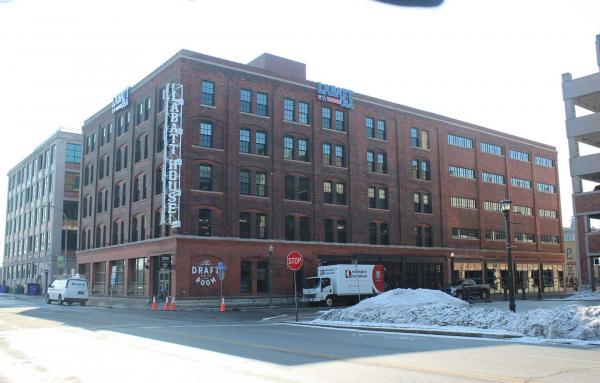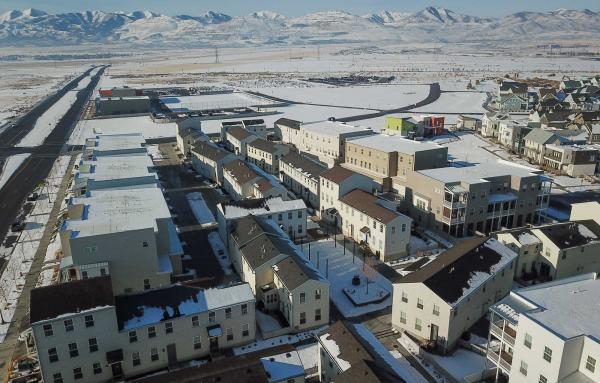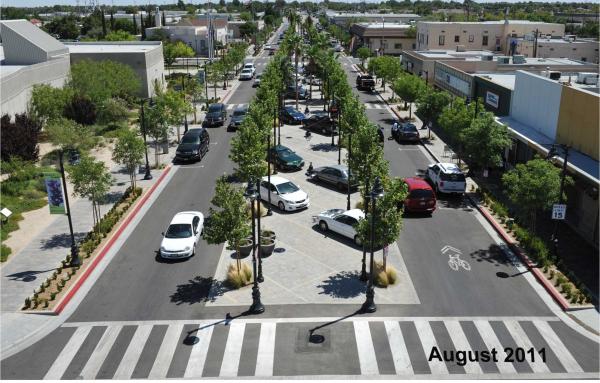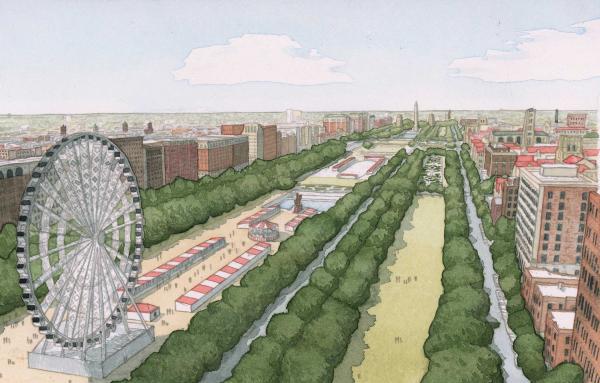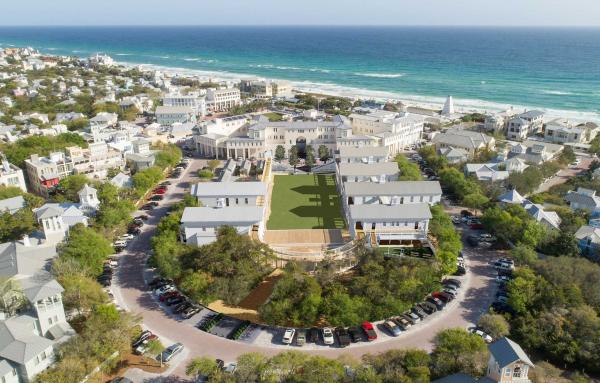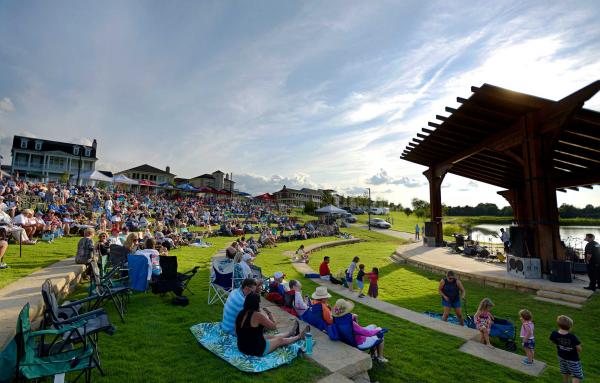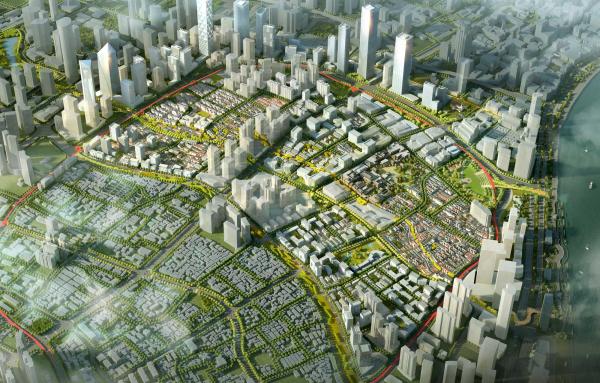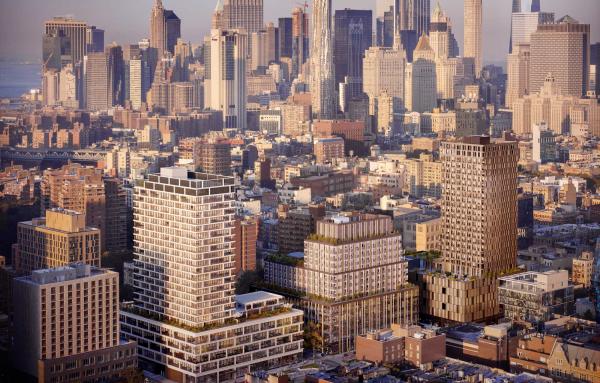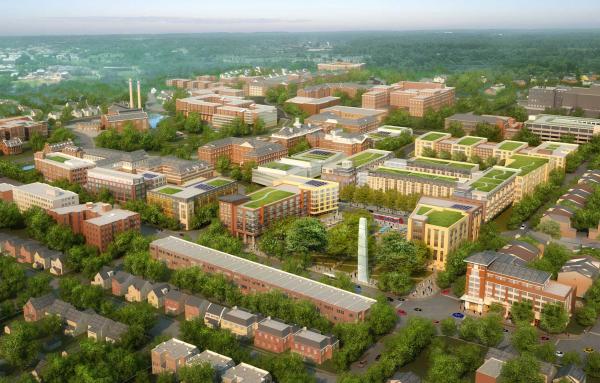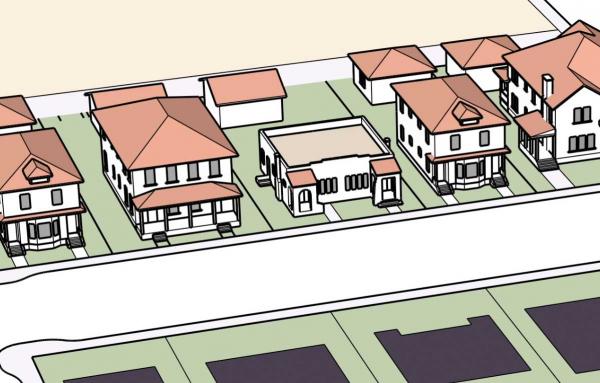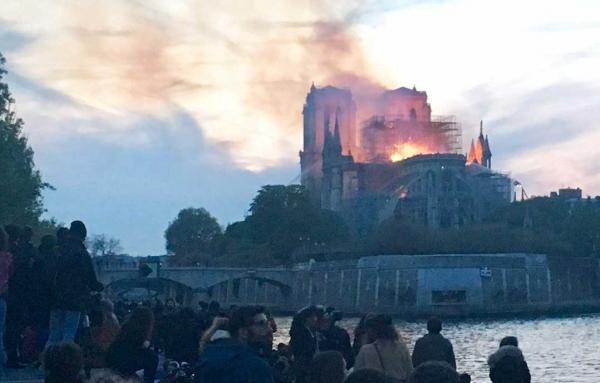RECENT ARTICLES – 2019
The cities represent the versatility of recent codes that replace conventional zoning.
Daybreak Mews is a prime example of how “missing middle” housing types can expand choices while adding to the urban fabric of a larger neighborhood.
Transforming suburban places is a growing and necessary trend across America. What are the tactics to make it happen?
A new vision for Chicago's grandest boulevard connects two neighborhoods and provides a setting for 4,200 new housing units.
Seaside’s influence on urban redevelopment is profound—it initiated a re-evaluation of the the civic realm in planning and city building. Lessons learned at Seaside have been applied in the revival, redevelopment, and restoration of existing communities.
A Charter Award-winning development in Louisville has challenged conventional models of retail and civic space and provided a model for how the city can grow in the pattern of its historic neighborhoods.
A master plan for Shanghai's oldest district prioritizes preservation while allowing for strategic development.
A high-rise development, home to the Essex Street Market, is now providing homes to people who were displaced a half century ago.
More than just a utility, Louisville Water Company Is a Civic Treasure.
Urbanism and preservation of a historic landscape and medical buildings add up to a unique redevelopment underway in Washington DC.
Building types are most helpful when trying to achieve a fine-grained mix of house-scale buildings of varied density and type in a walkable neighborhood. This is part one of a series.
